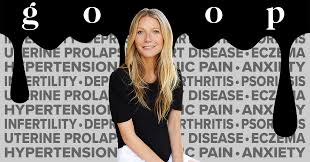Chains of Power and Presidential Portraits

A presidential portrait is a tradition which solidifies a president's position in history as a person but also a symbol of America and democracy. Because of the exceptional symbolic weight of a presidential portrait it is a good image to analyze when considering power, particularly the concept of the King's two bodies. In interpreting the above portrait I will use Reed's definition of interpretation, "...Understanding the relationship between means, ends, and projects possessed by actors and used to direct their actions is interpretation" (Reed 2017:92). Unlike many other portraits which show a president staring into the distance, Obama's portrait shows him making direct eye-contact with the viewer. The portrait is life sized which adds to the feeling that the viewer is engaged in a conversation which Obama is listening to. Obama leaning forward slightly with his legs in an open stance suggests he is open to listening. By connecting with the view...




